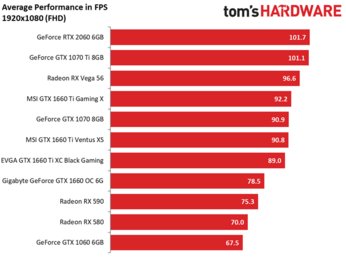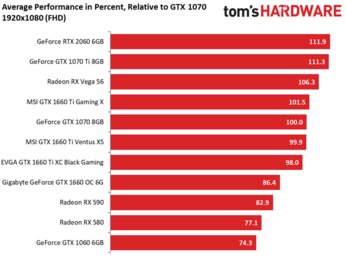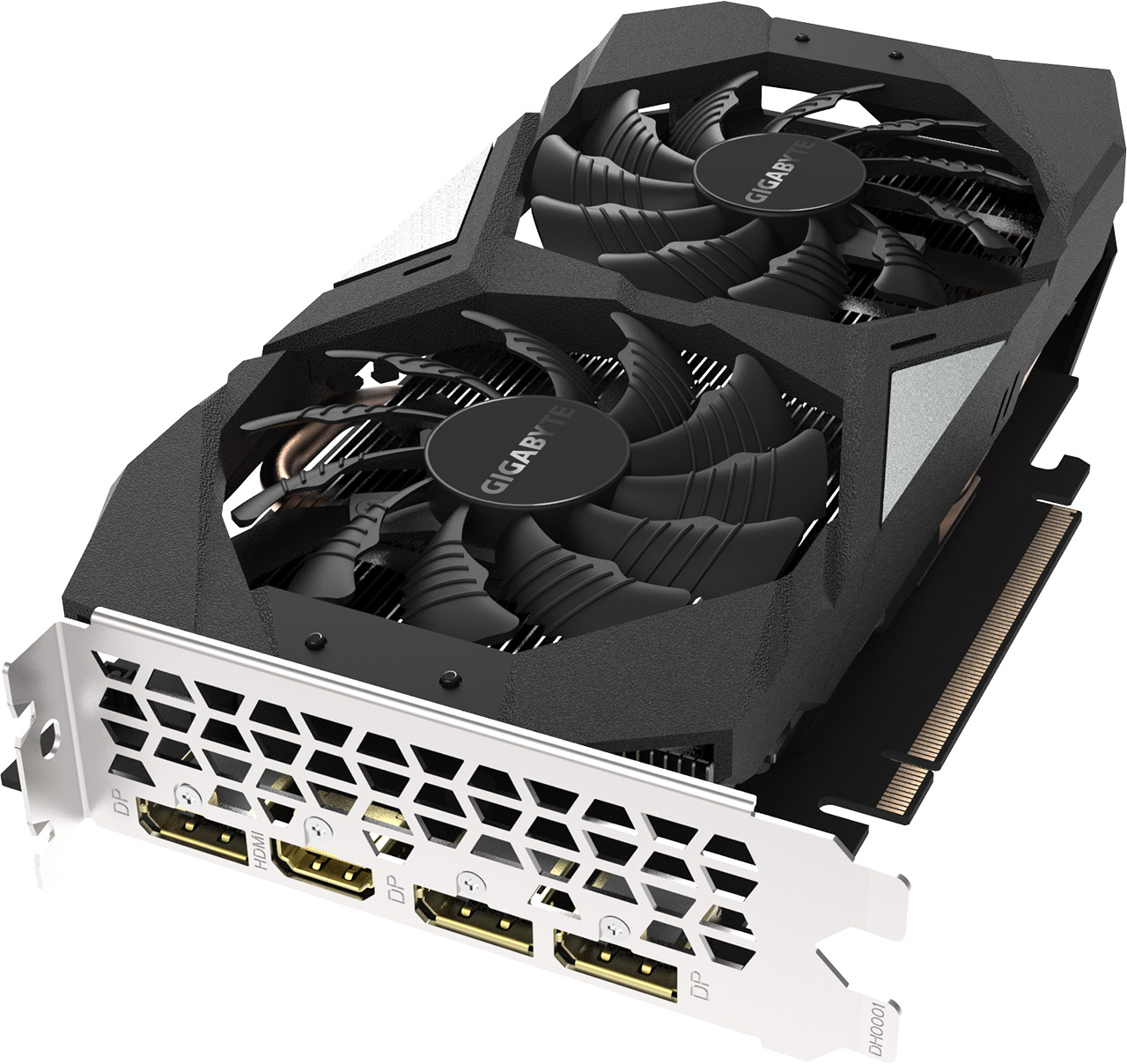Nvidia GeForce GTX 1660 Review: The Turing Onslaught Continues
Why you can trust Tom's Hardware
Conclusion
With GeForce RTX 2080 Ti, 2080, and 2070, Nvidia began painting a picture of its Turing-based line-up that concerned many enthusiasts. The cards were fast, yes. But high prices took the sheen off grandiose promises of real-time ray tracing and AI-assisted performance boosts.
Next out of the gate was GeForce RTX 2060, a card that showed us the Turing architecture’s signature features could still be viable from a mid-range model. Because GeForce RTX 2060 hunted in similar territory as GeForce GTX 1070 Ti and the Radeon RX Vega duo, it needed a more compelling price point. Consequently, Nvidia’s value story started sounding compelling.
The GeForce GTX 1660 Ti was even more warmly received. Nvidia’s first Turing-based GPU without RT or Tensor cores relied exclusively on performance in today’s games, just like the Pascal and Graphics Core Next architectures. Its redesigned Streaming Multiprocessors, larger caches, and GDDR6 memory pushed frame rates higher while hitting all the right budget notes.
If you’re gaming at 1920 x 1080, the 1660 Ti’s speed may seem a bit superfluous in light of the vanilla 1660’s smooth frame rates at an even more attractive $220/£200 price point. In fact, according to our calculations, GeForce GTX 1660 would seem to take the crown in a comparison of average frame rate per dollar, usurping GeForce GTX 1660 Ti, the respectable GeForce GTX 1070 Ti, and GeForce RTX 2060.




But does it really? When we fold in benchmark results from the older Radeon RX 580, generated by Tom’s Hardware Germany using a similar test system, and then apply U.S. pricing, AMD’s card scores just a bit better. Granted, it gets wrecked when we switch to a performance per watt comparison. If you’re not really concerned about power consumption, though, it’s really hard to pass on an 8GB Radeon RX 580, currently available at $190, for 1080p gaming.
Even if AMD’s Radeon RX 580 blowout comes to an end, the GeForce GTX 1660 will remain a solid pairing with high-refresh FHD displays. It’s less QHD-friendly than GeForce GTX 1660 Ti, and we’d suggest stepping up to at least a GeForce RTX 2060 if you’re playing at 2560 x 1440. However, when push comes to shove, you can dial down your favorite game’s detail settings to achieve respectable frame rates at higher resolutions on GTX 1660, too.
We approved of GeForce GTX 1660 Ti for its GeForce GTX 1070-like performance at a price point under $300 (and 120W power consumption). Similarly, we like that GeForce GTX 1660 drives great 1080p frame rates at $220. And we’re even more excited that there’s a competing card from AMD with real value chops we can mention in the same breath.
Get Tom's Hardware's best news and in-depth reviews, straight to your inbox.
MORE: Best Graphics Cards
MORE: Desktop GPU Performance Hierarchy Table
MORE: All Graphics Content

